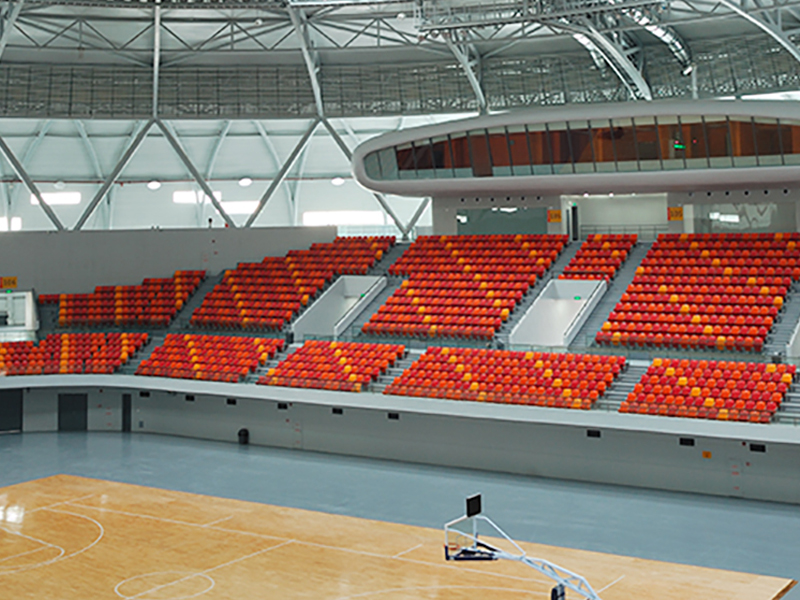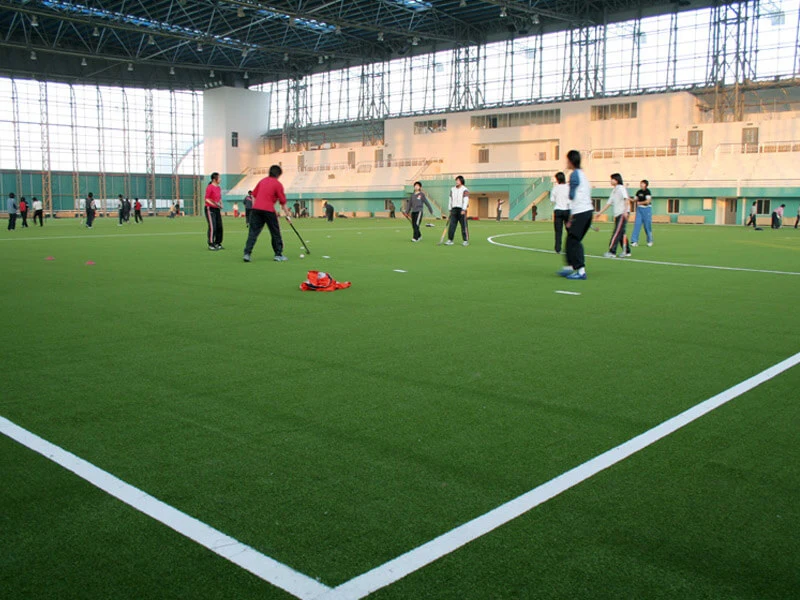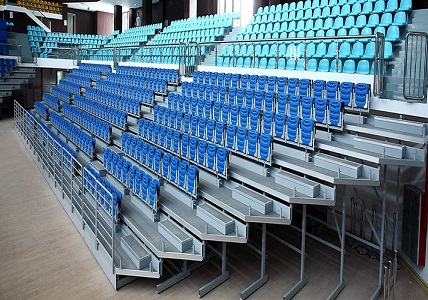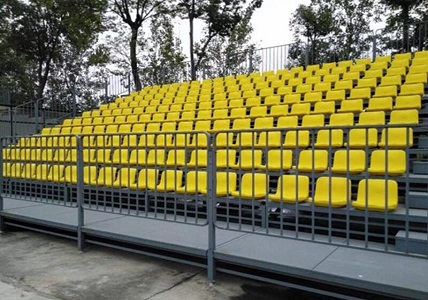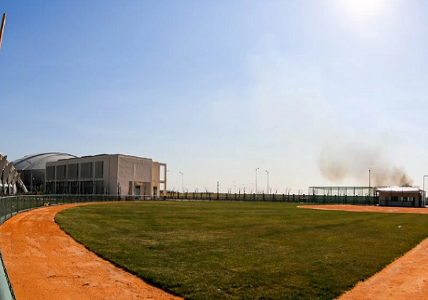
Golf courses face the dual pressure of reducing environmental impact on one hand and controlling escalating maintenance costs on the other. In fact, a shift in perspective can solve this problem. Using eco turf artificial grass on golf courses not only promotes sustainable development but also saves substantial maintenance costs.
The daily management and maintenance costs of natural golf turf are high, and pesticide application can harm the environment and human health. These issues do not arise with eco turf artificial grass on golf courses. Eco turf artificial grass for golf courses can be designed and produced based on the characteristics of natural grass fibers. It can match natural turf in terms of color, density, sensory experience, and the dynamics of ball landing, rolling, and foot feel.
Provides stable water permeability at the bottom, ensuring no water accumulation during use.
The shape of eco turf artificial grass does not deform and remains intact even with frequent trampling. This turf uses a specially formulated layer to simulate various greens and fairways conditions, closely mimicking natural golf turf.
The features of eco turf artificial grass are very apparent. The most striking aspect is its lifelike design, created entirely based on the characteristics of natural grass fibers. Made from high-quality specialized materials, eco turf artificial grass contains no harmful substances. Top-quality eco turf artificial grass has high density, UV resistance, good colorfastness, and is durable, wear-resistant, and highly permeable.
With advancements in technology, the realism, durability, and environmental performance of eco turf artificial grass will continually improve. The application of new materials and advanced manufacturing techniques will make artificial turf more realistic and comfortable while reducing maintenance costs.
Increasing environmental awareness will drive eco turf artificial grass towards greener and more sustainable directions. Future developments will focus more on water conservation, energy saving, and waste recycling to minimize environmental impacts.
Beyond meeting golf sport demands, eco turf artificial grass will expand into more areas such as landscape beautification and recreational spaces, providing more green spaces for cities.
Urbanization and the rapid growth of the sports industry will continue to drive the market demand for eco turf artificial grass. Companies need to keep up with changing market demands and continuously innovate their products and services.
In conclusion, using eco turf artificial grass on golf courses significantly reduces the maintenance costs of natural golf turf.
